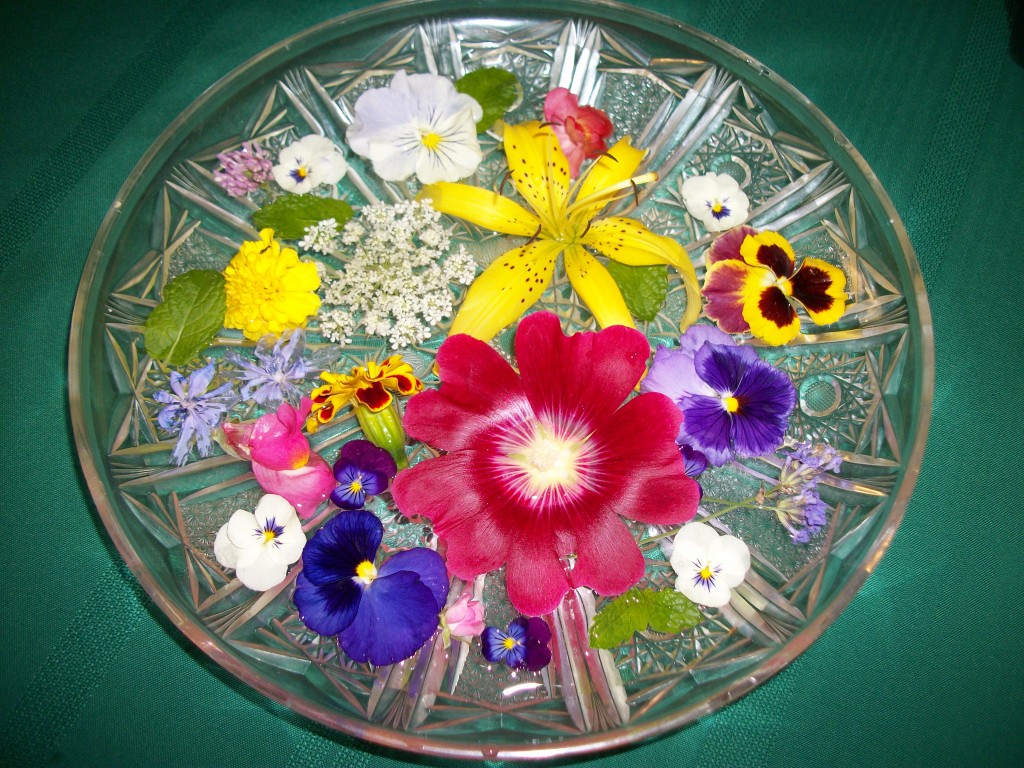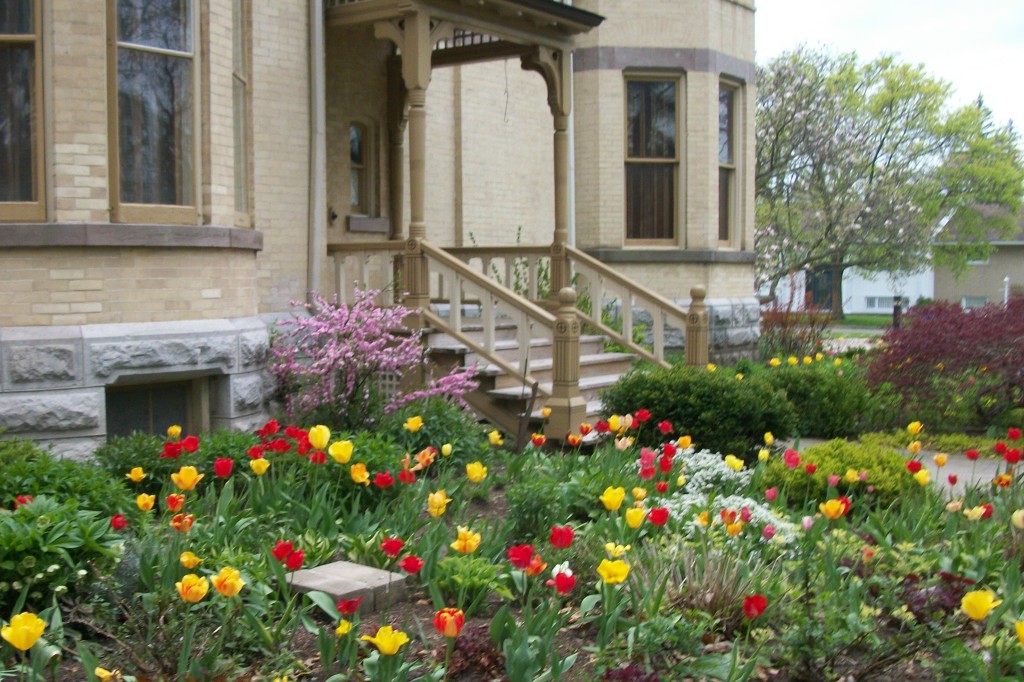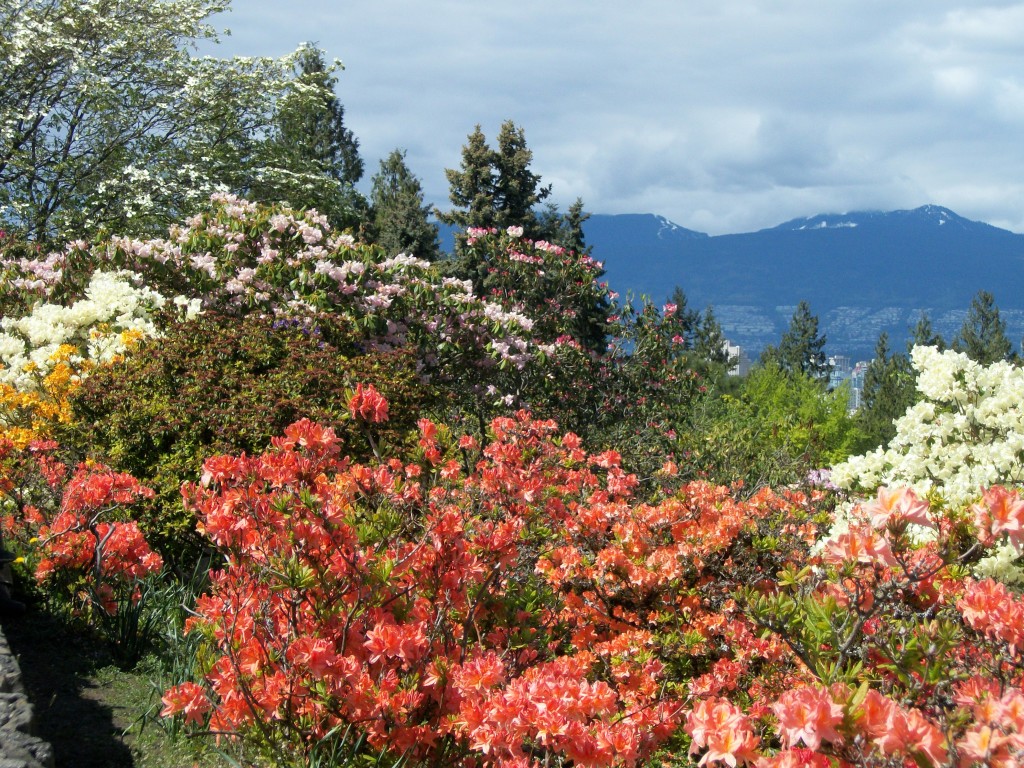It’s Still Just Dirt, The Tillsonburg News – August 2016
by Angela Lassam
There seems to be a movement away from the artificial idea of decoration and maybe people are getting tired of all the plastic uses which seem to be destroying our natural surroundings. Are they looking for a return to the natural way many things were done in the past?
The use of edible flowers both wild and those commonly found in our garden is not a new idea. As far back as Biblical times feasts were adorned with vines and flowers that we know today. Dishes were prepared using edible plants both for color and extra taste. Today chefs use edible plants for exotic dishes and to re-invent our basic home cooking. Baking done today would include muffins, cookies, jellies, sauces and special occasion cakes.
Among the many flowers we grow Marigold resembles Saffron (called poor man’s saffron) and it can be used in soups, pasta and salads but only the petals. It is also a bug deterrent for the vegetable garden. Carnation (Dianthus) can be used as cake decorations and steeped in wine. Petals of this flower is used in Chartreuse, a French liqueur. Cornflower can be a table/cake decoration but also is a natural dye. Mint flowers and leaves are used in many Mideastern dishes. Lavender is a much used plant for its fragrance, therapeutic value and culinary flavors. Pansies and violets are great as a crystalized decoration for a special occasion cake or as a topper on cream covered muffins at that special shower. Nasturtium are a known addition to salads and have a distinct nutty flavor. You can do something as easy as freezing flowers in ice cubes to make a simple punch look elegant.
Many wild flowers have been used to help with health problems. Teas, salves and oils were common a long time ago when doctors were far away and folk experimented to find relief from ailments. There are many flowers that have therapeutic properties so here are just a few.
- Chrysanthemum steeped in hot water helps fevers, headaches and colds and as a cooled liquid can be used as a compress for tired eyes.
- Honeysuckle can be made into a paste for skin rashes and also as liquid for gargling as an antibacterial mouthwash.
- Sunflower consumed as a brew helps with ulcers and menstrual cramps.
- One can use the flowering tips and leaves of Heather as a tea or add to a bath to help arthritis and gout.
- Of course do not forget the Rose as vitamin C, also the raw petals increase blood circulation and relieves depression.
All herbal flowers and fruit flowers are edible but be careful that none of them have been sprayed. All need to be used in moderation. If you need to learn more you will find further reading and recipes online http://www.zocalo.ca/edible-flowers http://whatscookingamerica.net/EdibleFlowers/EdibleFlowersMain.html
Next meeting is on Sept 6th @7.30 pm in the Seniors Centre Auditorium, Tillsonburg Community Centre. The speaker is Paul Zammit and he will speak about Pollinators. Non-members welcome. Non-members $2 per meeting so come and enjoy a social evening. Also you can become a member at any meeting and get extra benefits along with friendship and fun.
Members just a reminder it is the Flower Competition this meeting.
For information about the Tillsonburg Horticultural Society visit tillsonburghorticultural.ca.online.


